
Port and maritime structures
Physical modelling provides port and maritime engineers with invaluable assistance to check and optimise the hydraulic dimensional design and stability of structures exposed to waves in the coastal zone.
Types of structure modelled
- Rubble-mound breakwaters protected with natural rockfill or artificial armour units
- Concrete vertical structures with shapes and wave damping systems of varying complexity
- Moored or anchored floating structures.
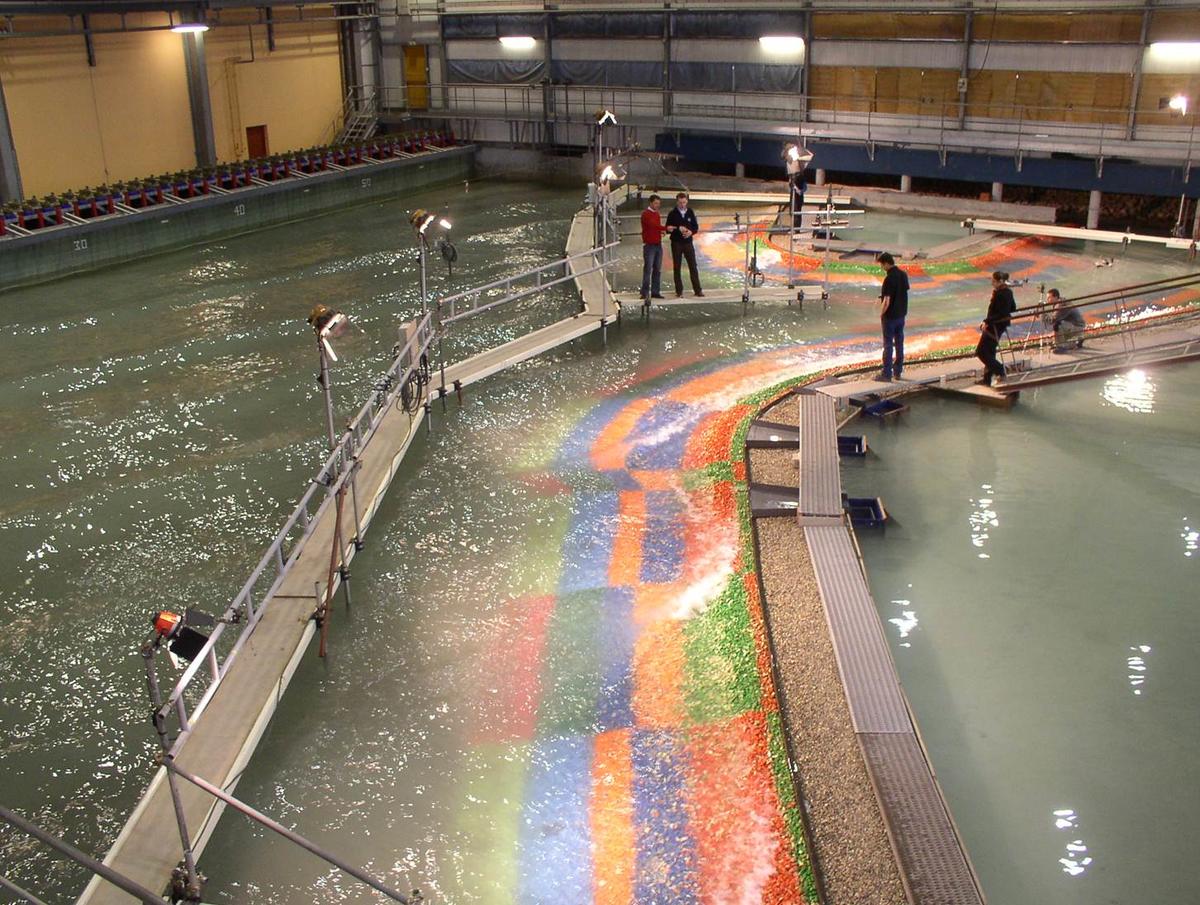
What we do
- Check and optimise the hydraulic dimensional design of structures
- Mesure forces on fixed structures
- Assess the stability of port structures under wave attack
- Analyse the behaviour of moored floating structures
- Study scour at the toe of structures.
Examples of our studies
Breakwaters protecting the Bay of Saint-Jean-de-Luz (France)
Design of maritime structures for the Al-Sabah Causeway (Kuwait)
Extension of La Cotinière harbour on the island of Oléron (France)
Our expertise
- Assessing the stability of the components of rubble-mound breakwaters (armour, toe mound, filtering underlayers, core and crest works) under wave attack, in a wave flume or wave tank
- Measuring incident and reflected wave conditions and wave disturbance transmission at the rear of a structure in the harbour basin
- Visualising wave overtopping of structures and measuring the associated flow rates
- Mesuring forces and pressures on civil engineering structures exposed to the impact of breaking or non-breaking waves
- Calculating wave reflection coefficients of different types of structure
- Measuring forces in mooring and anchoring lines and on berthing structures
- Monitoring movements of moored floating structures
- Quantifying risks of scour at the toe of structures on sites in erodible bed areas.
-
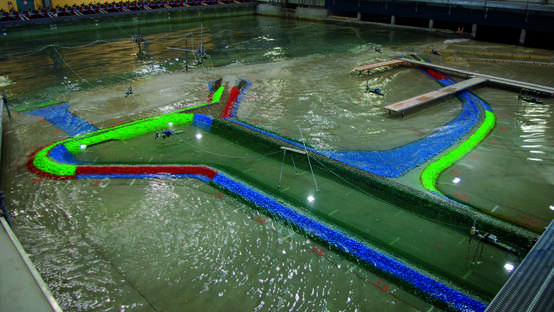
Wave stability of rubble-mound breakwaters
Ensuring the stability of breakwaters with rockfill or artificial armour facings exposed to waves in the coastal zone.
-
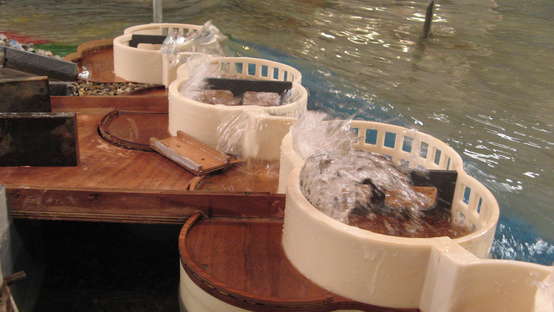
Vertical structures
Assessing the impact of waves on vertical structures.
-
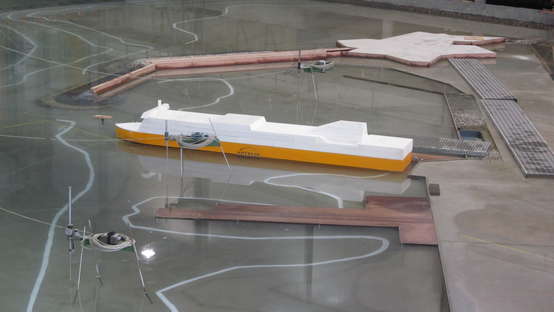
Mooring of floating structures
Analysing the behaviour of moored floating structures
-
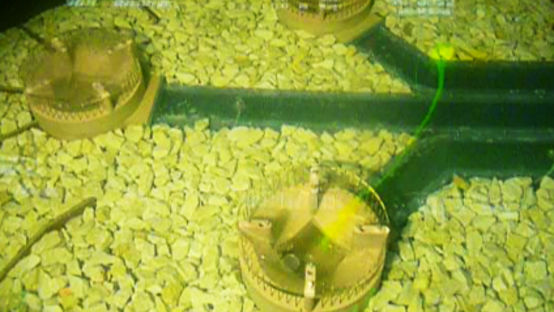
Water intakes and outfalls
Ensuring optimal conditions for supplying water to a process and releasing effluent into the environment.
-
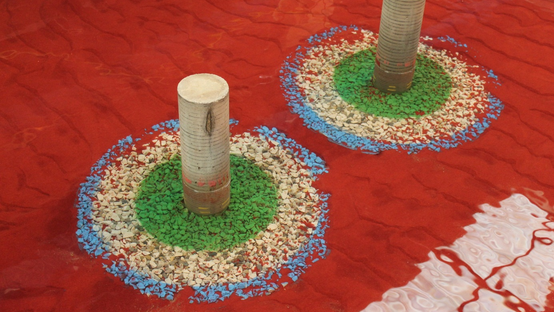
Scouring at the toe of structures
Support of the physical model to prevent the risk of scouring
